The Acolyte
Summary
Screen Rant spoke to award - winning cameraman Chris Teague about his tremendous work onThe Acolyte , which culminated in the spectacular battle in installment 5 . Set at the tail - end of theHigh Republic Era , roughly a century before the events of the Skywalker saga , The Acolyteis a execution whodunit with a difference . Over the course of the first five episode , investigations into a good deal of Jedi assassinations have ultimately led the Jedi to a Sith Lord .
Screen Rant spoke to awarding - winning cameraman Chris Teague ahead of the release ofThe Acolyteepisode 5 , and he discover some of the closed book that make this show retick . He particularly focused on the show ’s innovative use of inflammation , which is so much improved over nighttime scene in show such asObi - Wan Kenobi , and some of the work he ’s most proud of . He gave a sense of just how much work really lead into bringingStar Warsto life .
Here ’s everything you need to follow along with Star war : The Acolyte , from references and trivia to independent takeaway from each new episode .
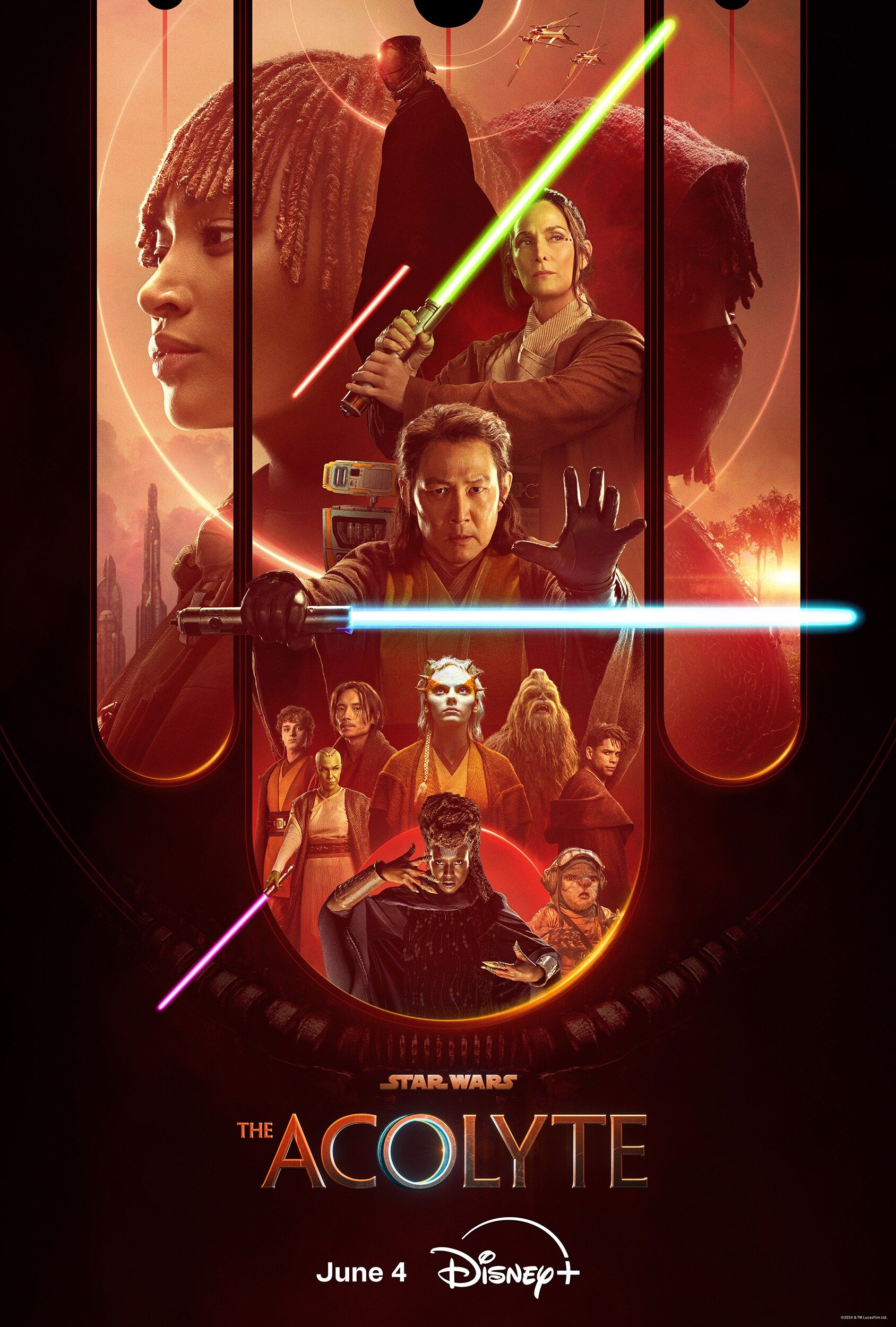
Screen Rant : Now for the benefit of our readers , could you differentiate us a slight about your background , and your preceding experience , particularly working with Leslye Headland ?
Chris Teague : I lead off as a cinematographer , mostly shooting independent feature , and moved in TV maybe about seven or eight years ago and worked with Leslye for the first time on Russian doll . And that was an unbelievable experience , it was a existent opportunity for me to kind of do something where the optic component of the show had , I mat up like a huge part of was , it was a bountiful element of the storytelling .
She was a wonderful confederate , and really hope me and just feel we made a serious squad . I was fortunate to be in the loop on the Star Wars show , which was in ontogeny for many days . And I was just so grateful that she put me in the commixture , to receive with everybody to come on control panel the show .
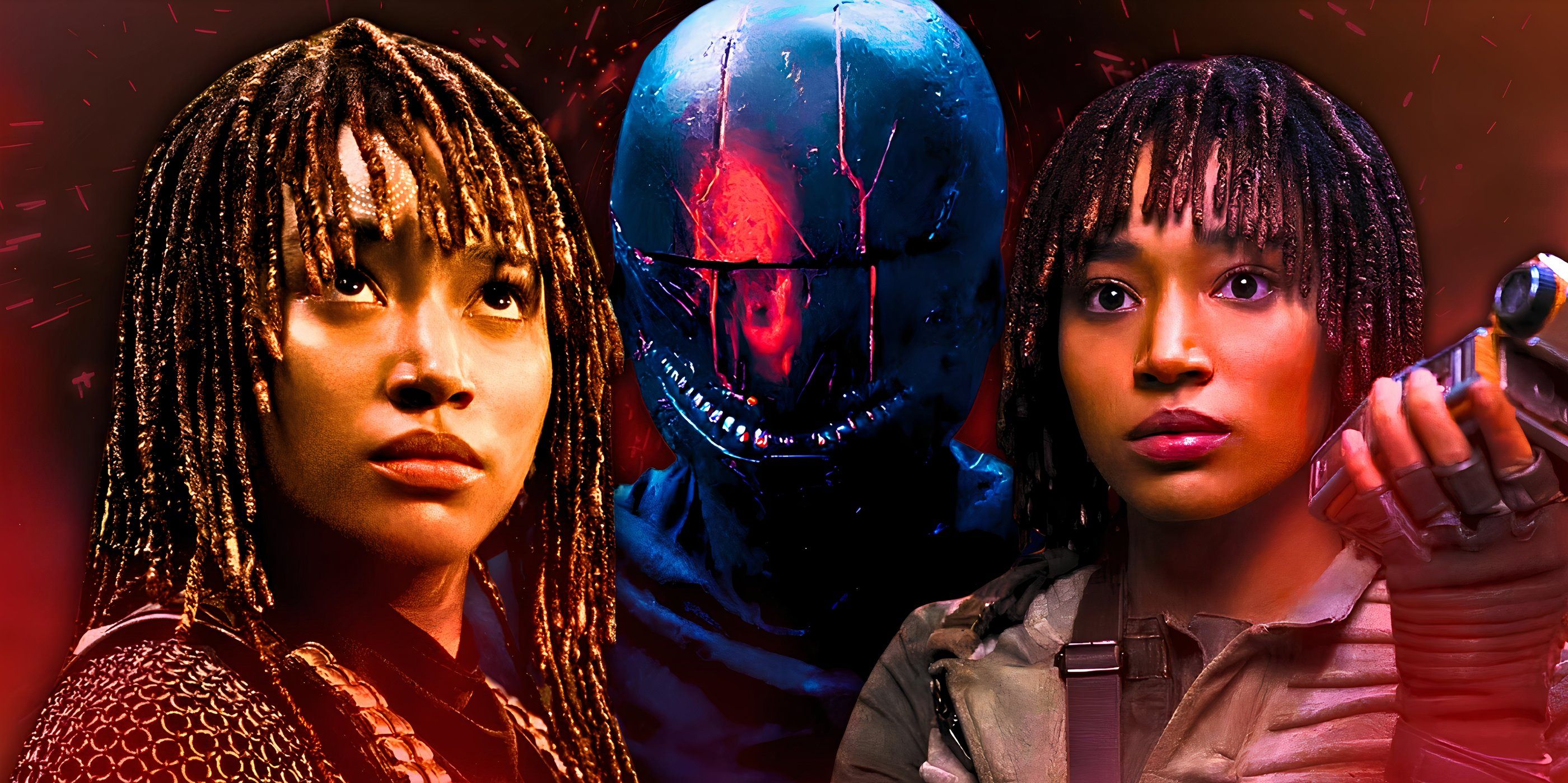
Custom image by Debanjana Chowdhury
Screen Rant : So how is The Acolyte different to what you ’ve done before ? And what lesson would you say have interpret into it ?
Chris Teague : The direction I sample to approach it is , at its affection , any story that you ’re taste to tell … There are similarities in approach , which is to say , you ’re always telling a story from a person ’s perspective ; you ’re always peach about relationships , you ’re speak about obstacle that people are prove to get over , whether they ’re external or home . And that ’s the same whether it ’s a sort of a murder closed book comedy , like Only slaying In The Building , or whether it ’s The Acolyte . And I think that ’s the absolved foundation , that ’s the thing you need to take care of most , in the way you ’re using the camera to order the story .
And then beyond that , there is this whole atmospherical human beings building component that is also important to any form of project you work on , and to an exceptional storey on a show like this . There ’s a lot for me to kind of get up to cannonball along on in terms of really take to know the Star Wars universe on a elaborated and granular level ; I have seen all the motion picture and I ’ve always been a rooter , but to really kind of break-dance it down and understand how these movie were create was a huge process for me .
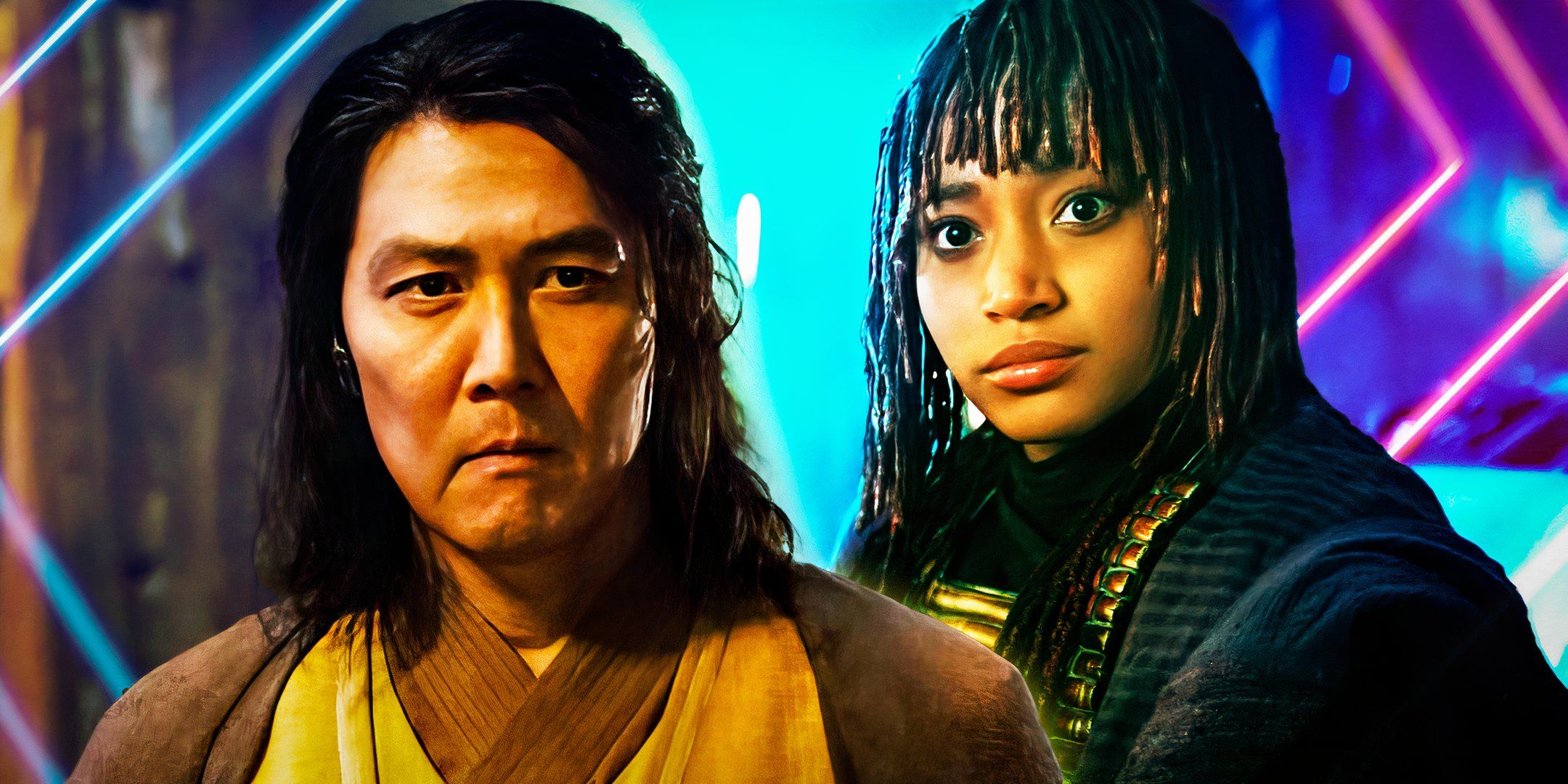
Image via Disney+
And then also to understand how all these different kinds of crafts make on a on a show like this - similar limited effects and the puppet effects that Neal Scanlan does are amazing work ; and working with the props section and understand the room they work , the style they make thing , and being in touch with them to understand how best to photograph them and work with them so that we can create the the effects that we ’re after .
One of the funnest examples of that for me is in Episode Four and Five ; most of the episode chance on on this forest satellite so far . And our special effects department had Dave Watkins with this brilliant idea to create a cloud basically on our solidification , where we would keep the air temperature cold down down on the ground , and then keep it hot up in the rafters . And then by doing that , we could kind of set this grade of cloud cover up in the trees that both on one hand looks very cinematic and foreboding , which is big , which is what we were going for .
But on the other paw , it really aid us hide out a lot of our lighting and set structure . And so we ’re photographing a lot more of our hardening without having to worry about visual effects or blue screen or things like that . So those were kind of like the new sort of practical coming . That was the ethos of what we were trying to do with with the show . Because we felt like that would impart a lot to the look of the show and and give it this more sort of classic handmade energy that that what we were kind of after .
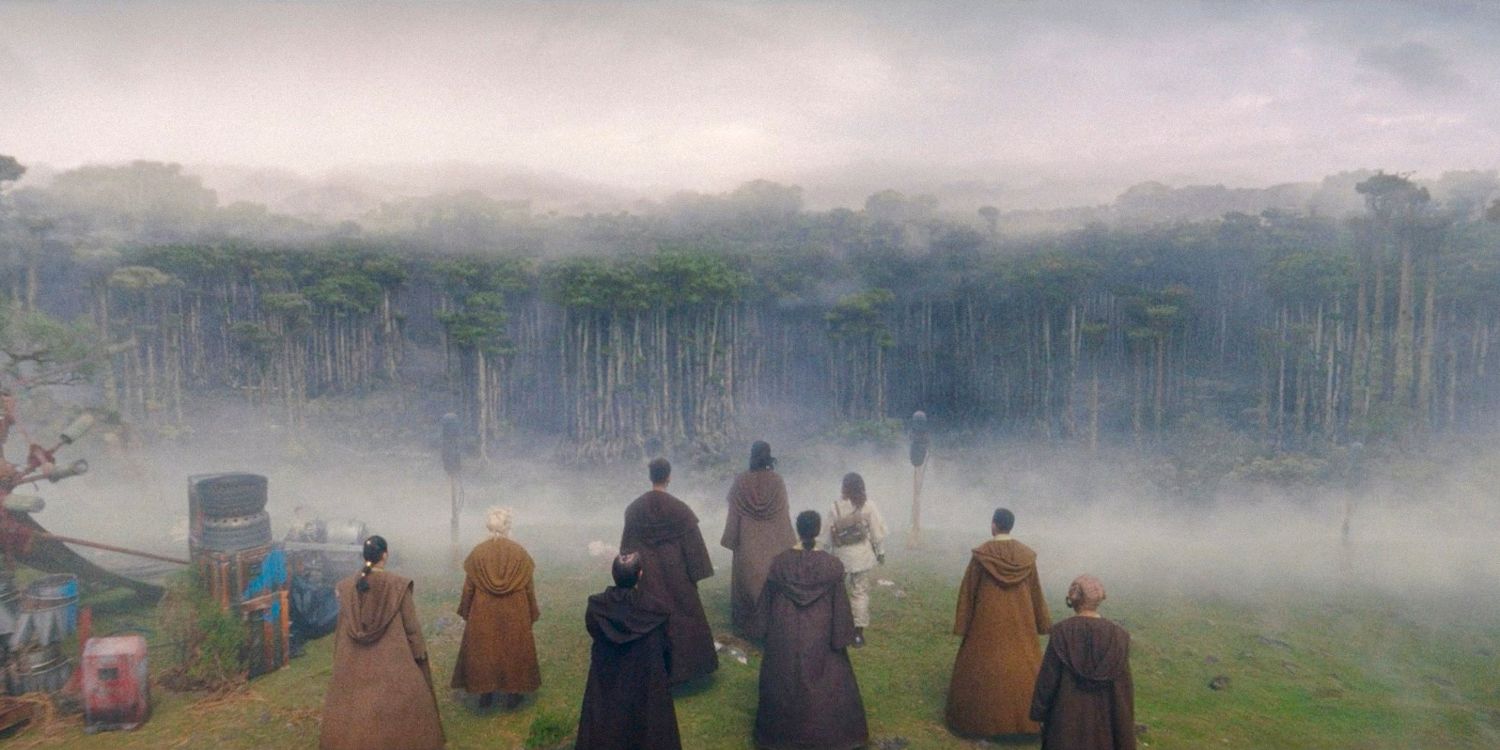
Image via Disney+
Chris Teague Explains How The Planets Of The Acolyte Were Created
Screen Rant : I trust you employ a circle of deal - paint backdrops in The Acolyte . How did you incorporate those seamlessly into your shots ?
Chris Teague : Yeah , It ’s a part of it is , you know , great set innovation and the matching key . Between the backgrounds , the painted backdrops , and in the foreground is part of it is alight , getting the correct quality of visible radiation on those drop , so that they ’re present , but do n’t draw too much attention to themselves . And they looked bully . I mean , it really was n’t as challenging in most situations as I thought it might have been .
There ’s one fussy solidifying in Khofar and Episode Four , where the moth fields set really terminate up being pucker forth in a veridical effective , small corner of our solidification . And we sort of be given into that . And because that ’s that space needed to feel kind of murky and cryptical , like you kind of would n’t know where one of these creatures is go to be coming out from behind a tree or behind a street corner . So we made it palpate quite dark and foggy and moody . But you know , it ’s suspicious when that set is in reality really a fistful of Tree , and then a paint backdrop that just mirror the shape of those trees and is detail in such a way to look as if it ’s function off into infinity . And so with the right combining of smoke , effects , fog effects , kindling and semblance , I felt like we were capable to kind of blend all those element together and make something that mat much bigger than it actually was in real animation .
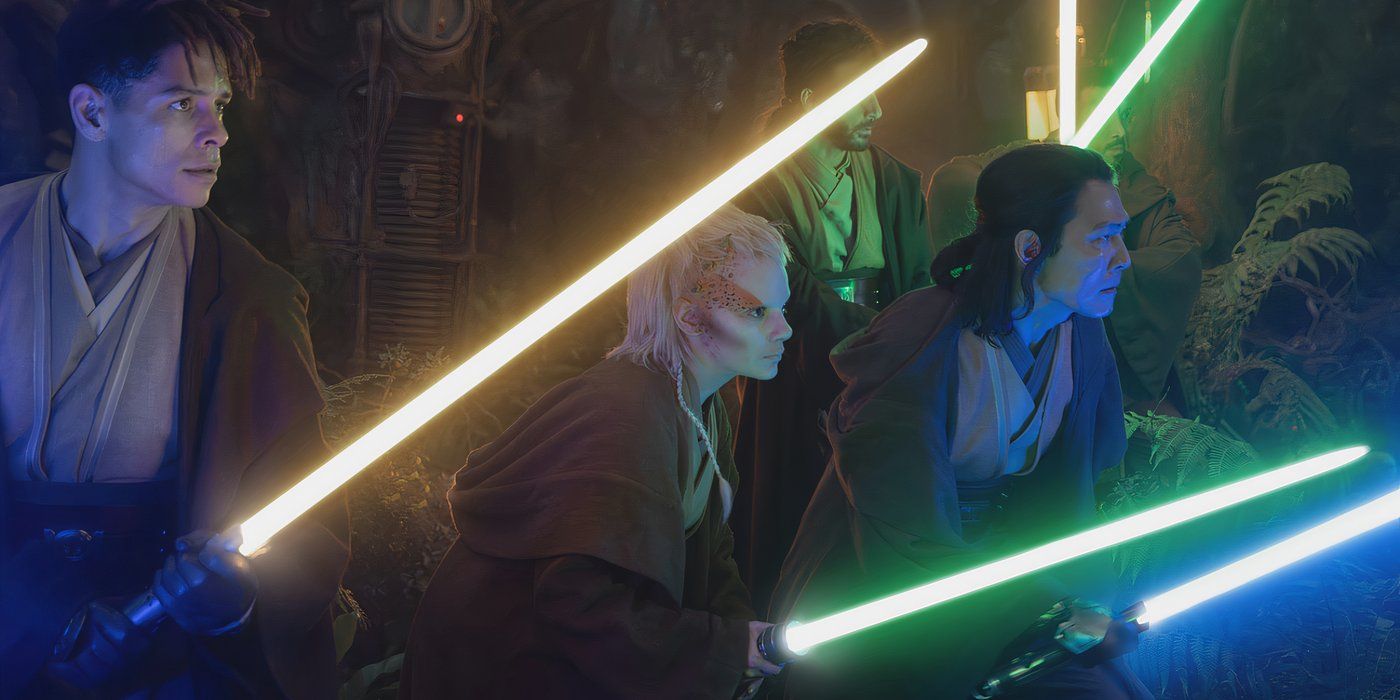
Chris Teague Reveals How The Lightsaber Combat Was Handled
Screen Rant : On the subject of lighting , how do you factor in in the illumination of lightsabers in the vista ? We ’ve had some occasions in the past where they ’ll seem to have caused quite a act of hassle with the picture taking . So how do you balance that ?
Chris Teague : I entail , you bonk , in our , in our examination with the sabres , we actualize that the look that we were spring up for the camera had some challenge , particularly in the juicy domain where a very saturated blue air would sort of skew in a really unusual way . And so we needed to kind of modify the look to protect for that blue and make certain it really came through as accurately as potential . So there was that component to it .
And then for the Nox work with all these lightsabers , it is all about finding this counterpoise , where you create a naturalistic level of luminosity in the set that feels dark enough to believe that it ’s nighttime . But knowing that we ’re not , we ’re not the variety of show that we ’re trying to have everybody fall off and move into full shadow , we still want to see the space , but we still want to trade the fact that it ’s night . And actually , the lightsabers really serve with that , because they produce this bright highlighting and the trick of the eye that always happens . And it ’s one of the great slipway to betray night on camera is that if you have a light informant , you make love , it ’s some for some reason , it just relieve oneself the rest of the world feel darker essentially , because you have something bright on photographic camera . And so the lightsaber has really helped us with that .
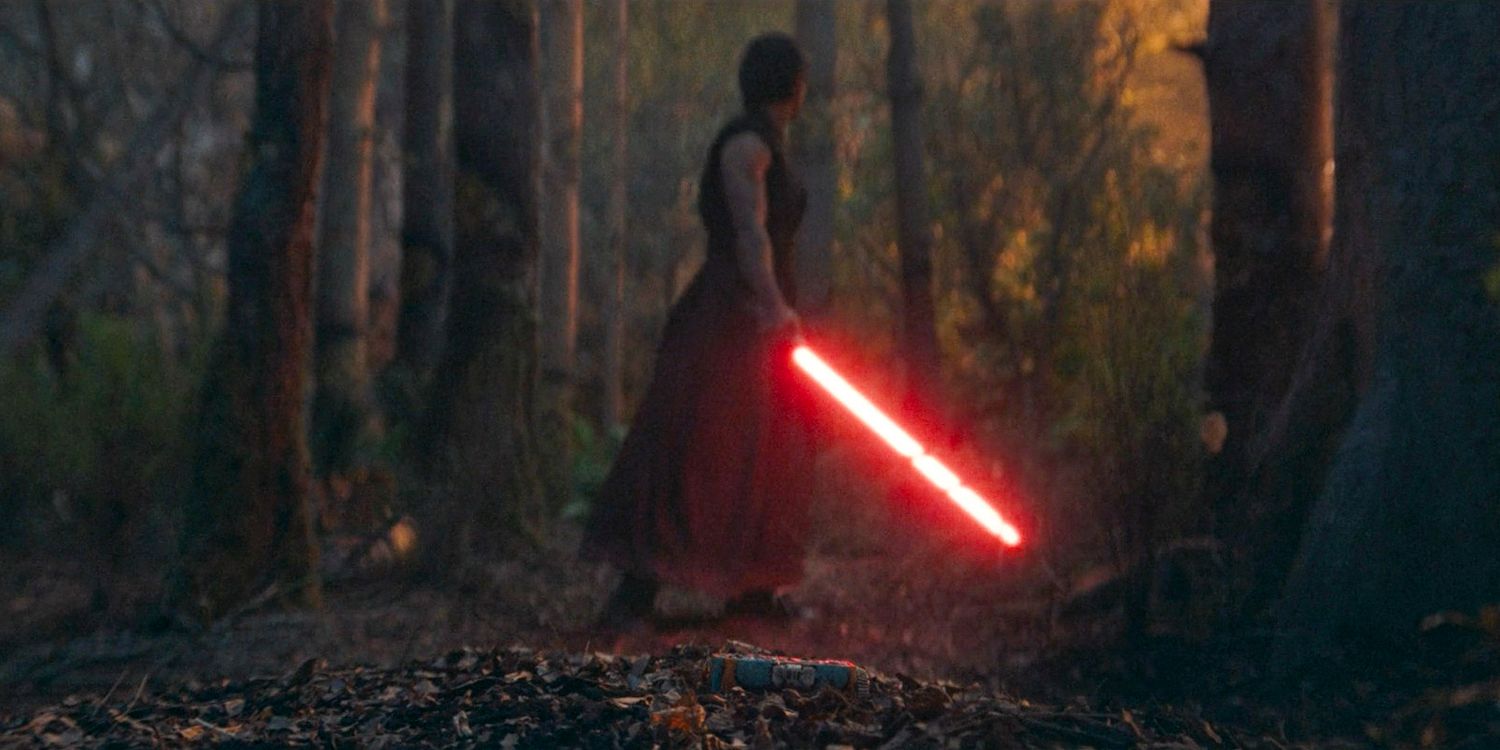
Image via Disney+
Screen Rant : I can imagine it was harder with The Acolyte as well because you ’ve get such a range of lightsaber colour - you ’ve got everything from scandalmongering to green to blue to red , over-embellished with Vernestra Rwoh - I can imagine that was really hard to poise .
Chris Teague : Yeah , it is and it ’s hard when you get into a picture where you have many characters with many dissimilar coloring material , and you do n’t want the view to set out to feel like a fair per se ; I mean there ’s a great component where each character has a color that feel right for them , which is coolheaded ; but that was emphatically what we tattle about with should Yord have a yellow lightsaber . Okay , if he does , then Jecki , maybe Jecki has a green one , who ’s start to be in what panorama together ? And how are these colors gon na play off each other?That was another great gene .
Screen Rant : How did the original trilogy influence the work you did on The Acolyte ? Because I believe that was in particular important to influencing you ?
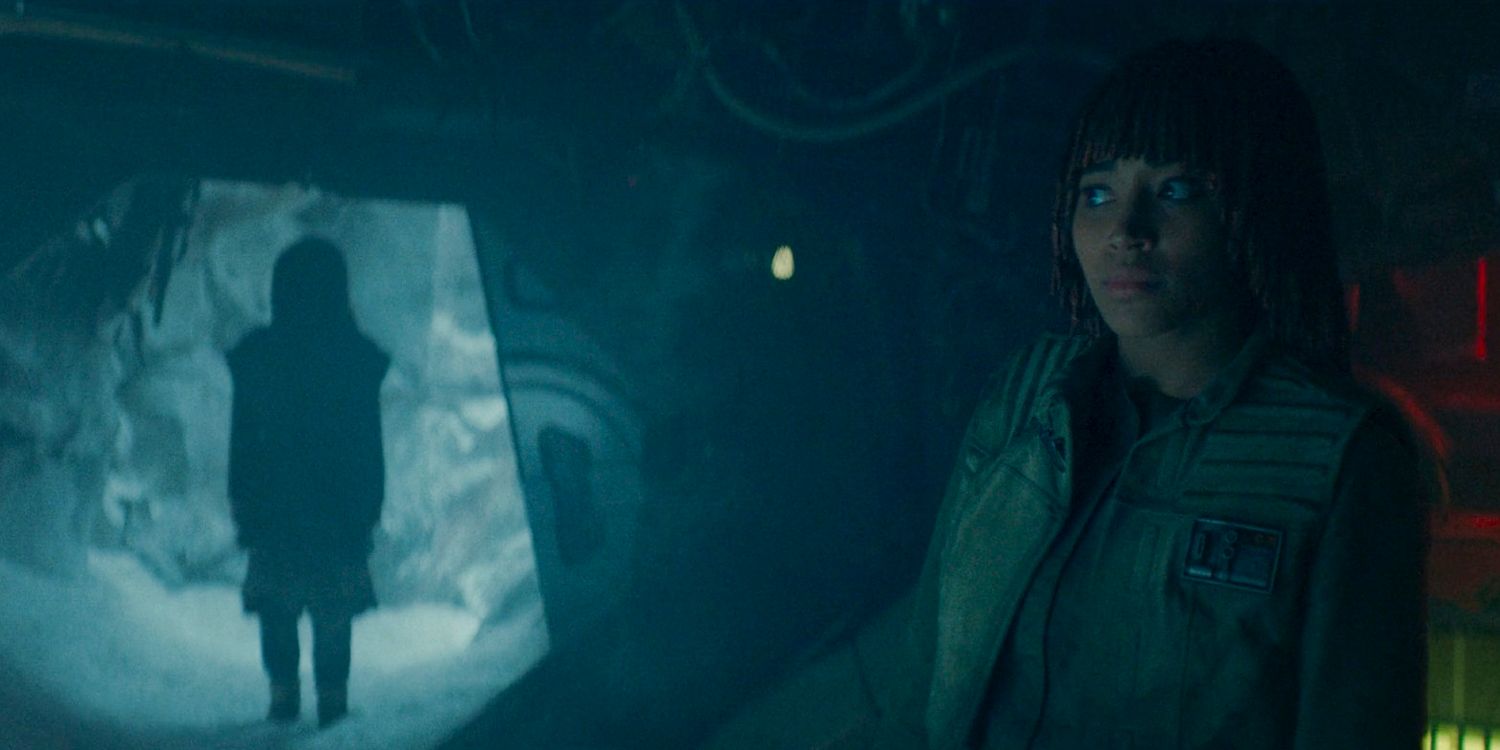
Image via Disney+
Chris Teague : The original trilogy was really a guiding influence for me and for Leslye . We lecture a lot about how George Lucas ' approach was all about restraint and being straight ; that less is more , that we ’re not going to do a t of shots . Every tantrum , we ’re going to pick the injection that really count and we ’re get to move the tv camera when it really means something , we ’re not move to overstimulate or surcharge the audience . There ’s gon na be so much going on already ; with the engagement choreography , we want to be capable to see these sets and see this world and see the way our character populate them .
So it really was more of a kind of less is more approach shot , which in reality is more unmanageable than it sound and particularly because it means that the fights the fight stage dancing has to be really self-coloured . And because we ’re seeing it , we ’re not trying to hide anything . And the lighting , everything ’s got to it has to be on power point because we ’re not cutting away from anything , we ’re lingering on stuff , perhaps more than you typically would on a traditional TV show . So in that way , the three archetype were a braggart influence .
I mean , also in terms of the color palette , you know , I love how the originals Have this salmagundi of , you be intimate , kind of earthy tone and spunky textures , but then also these really lucullan , smart pops of colors , these oranges and vapours and Bolshevik and I feel like that ’s that ’s not so much the trend these days . But we did that quite a bit in Russian Doll ; we had some really rich colors in that . And I loved it . And I want to kind of bring that back to the show as well . And , you have it away , that ’s something there ’s , again , there ’s a balance there , where you it ’s about the types of colors you have in flesh at any given moment . And you experience , how many colors you have in a frame where you may kind of achieved something that I recollect feel visually pleasing and not to kind of garish or kind of overwrought .
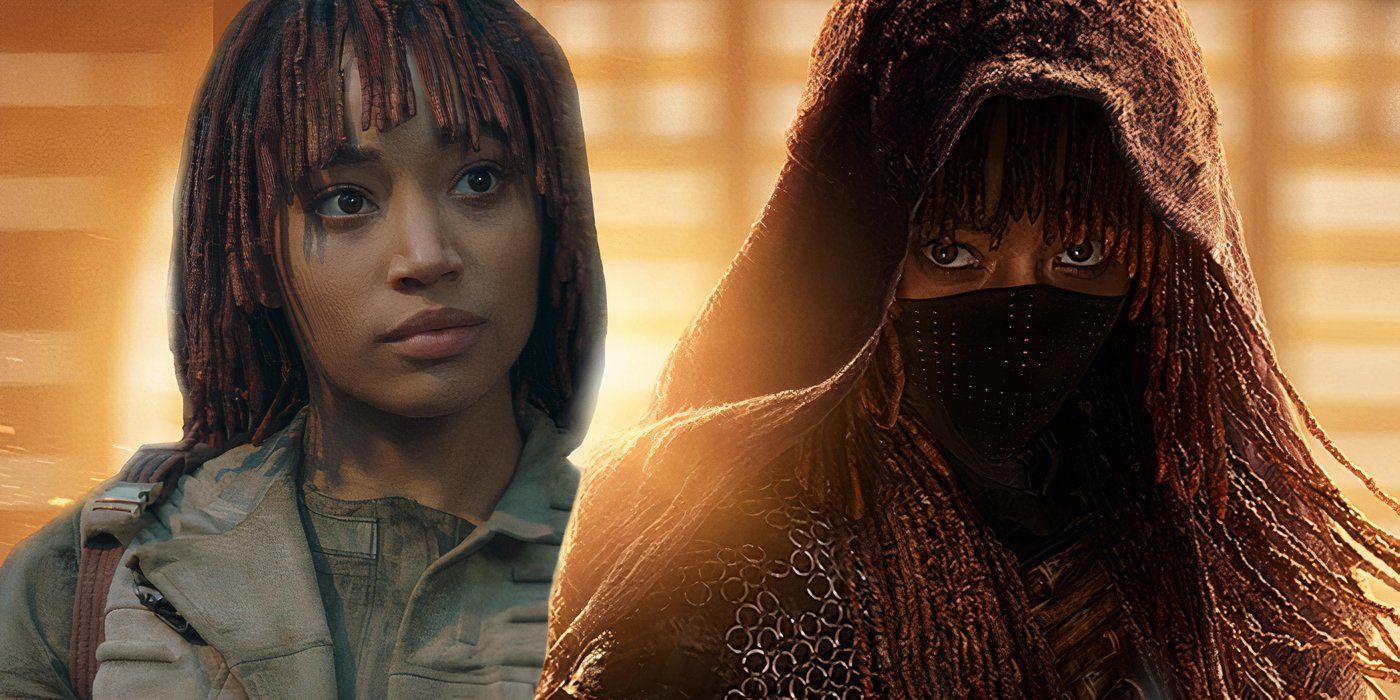
Chris Teague Discusses The Acolyte’s Stunning Fight Choreography
Screen Rant : On the study of the battle choreography , how did you in reality take some of those scenes ?
Chris Teague : We just had an exceptional team ; we had Chris Gow , and our action designer , Mark Gunther , our stunt coordinator , they were just the best of the right I think . They had a system where they would basically have the fighting stage dancing on a 3D mmodel on the Seth . And then we could kind of virtually photograph them . So you could choose your lenses , you could do the camera moves , and you could essentially sort of shoot the scene before you shoot the scene in a sort of practical signified .
So you could really see how the action is going to toy from a given position with a yield lens , and how the timing is become to work how one shots go to cut to the next . So that after you kind of refine all all of those component , you have a very clear word-painting of how things were go to look in the finished cut . So you may really focus on what ’s what ’s important . And then that ’s not to say that ’s exactly how the scene ends up . Looking at the remainder of the day , when we get there and we start up shooting and we see how affair play . We may do slight magnetic declination , we might move the camera a little routine differently . But it return us this unbelievable guideline and generate us the self-assurance to know on the nose what we needed to do . Because these these combat scenes are extremely complicated , involving so many different shots , and so they take a lot of time to shoot . So the more we were able to focus on exactly what we needed , the well or the whole sequence is , you ’re just not waste as much time .
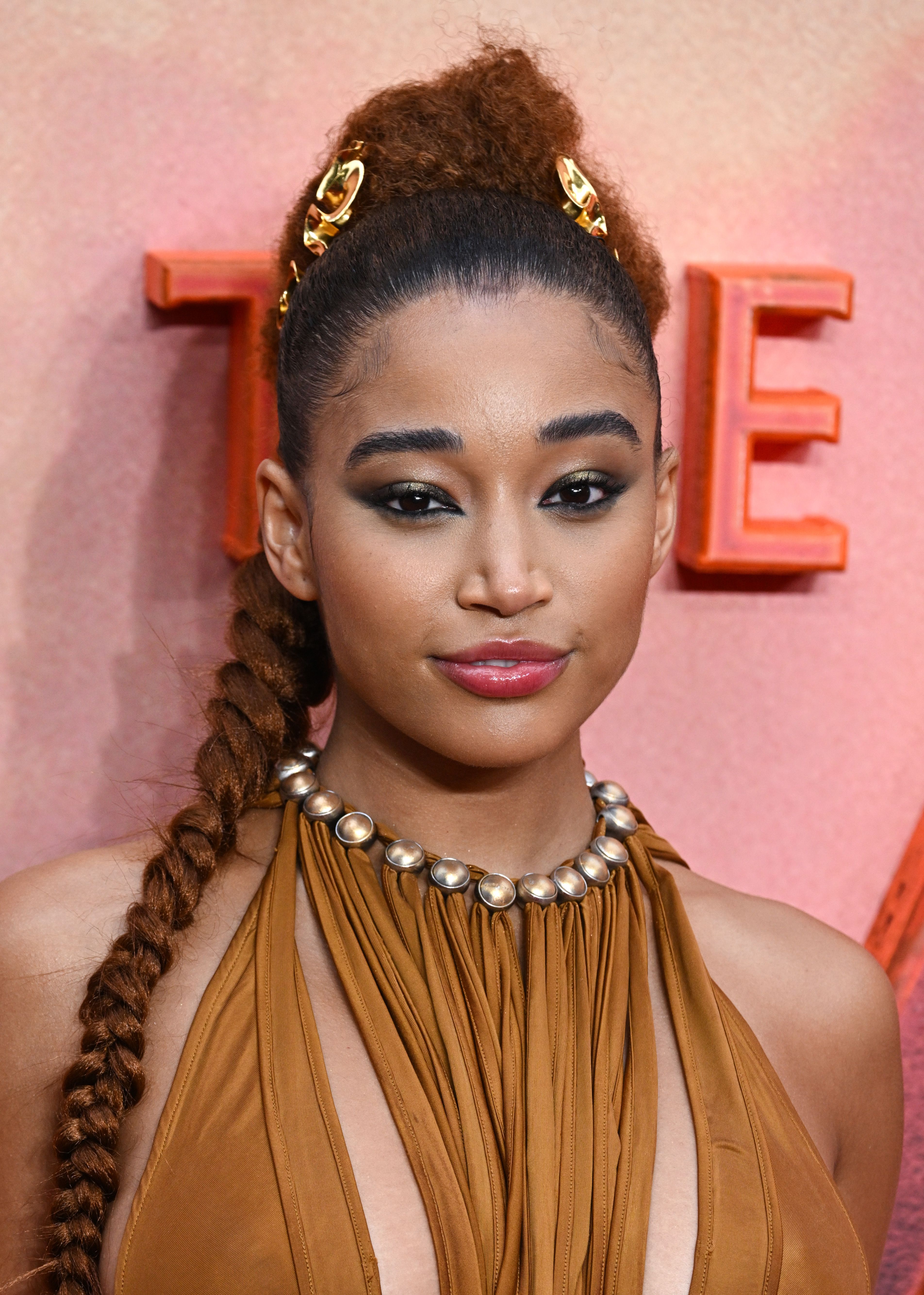
Screen Rant : Moving to one particular example , I wanted to ask about the cold open on The Acolyte , that stunning fight scene between Mae and Indara . I in reality saw that on the grownup screen at The Phantom Menace . And it looked gorgeous on there . Really did . Could you tell us a snatch about the inspiration for that cold open ?
Chris Teague : I guess to truly talk about the stirring , I feel like Leslye might be the serious person . To me , it felt like the goal of that cold open is to capsule everything that this show is about , which is which is to say it has these classic Star Wars elements . It ’s got the cantina , but then it also has this very important martial artwork portion . It has this mystery story component , which is like the beginning of a Western , Butch Cassidy the Sundance Kid . And that was a substantial reference for me in terms of the firing and photography of that scene , this idea that a stranger walks into a bar and and he has has this surprising confrontation . We credibly spent more time on the planning and execution of that prospect than anything else in the show . And it was because we want it to really put our to put our best foot forwards and to really represent what the what the whole show was about . And you know , just just storm and delight the looker .
Chris Teague Reveals How The Worlds Of The Acolyte Were Created
Screen Rant : Now , we ’ll move on to another scene that I thought was a real standout , which was the dream , sort of pipe dream gash vision sequence . When Osha has that vision of her baby and realize Mae is live . How did you pull that off with so many different effect and the snowfall gist and so on ?
Chris Teague : I love that successiveness , because it is a combination of a lot of unlike effect . The initial theme was to make it as pragmatic as potential , using old tricks to make transitions go on ; Osha turn tail from a burning forest into her sleeping room and Brendok , and it ’s one move from left to right hand , in one world , and then left to right wing in the next world , and there ’s just a live wipe that dribble you from space to infinite . It ’s those kind of thing , there ’s no digital chicane necessary and that felt correct for the style of the show . But we do have this really magnificent , and I think , quite elusive optical effect when when Osha first enter the burning timber , and we see her there ; iit ’s sort of a fusing of two shots , basically , where we merge , where visual , or visual effects squad merged , the clash ship and her in the burning forests .
And then my favorite one , I imagine , is the transition out of that chronological sequence , which is Osha looking down at her , you know , the unseasoned version of her , her sister Mae , and the earth behind her kind of wipes out again into the snowy world , and C. P. Snow starts falling around her . And we action that only by putting this white screen behind her , which , you know , when there ’s no visible radiation on it , it ’s basically invisible . But as we lento dim the lighting up on it , it turned into this kind of unintelligible blank support that lap out the whole scene and create this really nice , almost kind of unseamed edit between that space and the crash ship .

Screen Rant : How do you make each macrocosm look and palpate distinctive , including on a light level ? How do you deal each different planet ?
Chris Teague : I made a mathematical function , basically , of the trajectory of the show , strictly in full term of locations , and then I started to do almost like swatch pallette or reference images , so that I could see if all in one space . I could really see almost like a coloration write up and lie with that we would n’t be repeat the same themes over and over again . The prison house ship ; Alien and Aliens were a big influence for that , to assay to create something a little more , almost sci - fi noir or moody , and then to the snow planet .
For the snow planet , I cogitate a lot about Hoth , of course , but how to do this in a way that feel a small bit new and dissimilar , while also think about all the things that we loved about that exercise set . The same was with the forest set , we examine behind the scenes photos of Dagobah to see what it was about that seat that made it finger so , so magical and just so kind of deeply embroiled and kind of endless . We tried to do Department of Justice to that kind of get-up-and-go and experience , while micturate sure this major planet has its own its own facial expression and finger . It was a lot of incredible piece of work by Kevin Jenkins , our production designer .

Screen Rant : There ’s a lot of metre on that major planet , enough time for the day to be run . And so you’re able to see the light levels changing . How do you in reality do that in a readiness in practical terms and how do you make certain that your picture taking is still process at different light degree ?
Chris Teague : That is like a camera operator ’s dream , I experience like the the way the electric arc of that story parallels the changing of daylight over the course of the scenes have in mind the light really take an important role in the storytelling . essentially , I broke it down in the scripts to four unlike spirit that transition us from Clarence Shepard Day Jr. into night . And we did a quite a little of mental test with colors and light stratum . We just establish the correct modulation from a sort of a more prosperous Light Within to a deeper amber to almost kind of a blood red , which is what we saved for that climactic instant , when Mae run low into Kelnacca ’s protection and sees that he ’s been killed , where the sun literally goes down behind her . And we know that everybody is about to be in really enceinte trouble .
How Does The Acolyte Handle Osha & Mae?
Screen Rant : One of the interesting thing with The Acolyte is you ’ve got Amandla Stenberg , playing two fictitious character , not one . How do you plow the different character reference from a from a form of cinematographic viewpoint ? How do you border on them ? Do you emphasize them differently ?
Chris Teague : I tend to approach characters from the perspective of what ’s take in plaza within a scene . I tend to let that be the tug force , whether a character feels vulnerable , or they feel powerful , or they experience unsound , like those are the kinds of things that incline to drive the actual photography of the fictitious character .
But then there ’s the the twin component of things , when those characters seem on camera together , there ’s a need to kind of really know what the shots are , how you ’re going to pen those panorama and break down what kind of effects are going to be necessary to accomplish that . And most of the time , candidly , with those variety of scenes , you could do very simple sometime school method like get a consistency double for your foreground actor , you know , and flip flop them . And then for the form of cardinal striking moment , that ’s when we would begin to employ things like ocular force and face replacement and things like that .
Screen Rant : I ’ll roll this up with one last doubtfulness here . What would you say you are the most lofty of in The Acolyte ?
Chris Teague : I really do love Episodes Four and Five . And I know you have n’t see Five yet but it just explodes in a really wonderful way that ’s that Four sets it up attractively . And like I allege , it ’s like light in Four and Five is just an essential component to the storytelling . It ’s a shame they , they have to release one through four , because four and five just go together so beautifully . The hardening for Khofar is by far the biggest set I ’ve ever had the good lot of being able to light and I am very well-chosen with the way it turn out .
The fact that we could create all these unlike looks in the same space and make a place that even though in was was tremendous , it was still a challenge to make it feel as though our characters are travelling miles and miles through through this woodland , when really we ’ve got a big warehouse full of trees to work with . And so we kind of had to utilize every trick in the account book to make it look bigger than it was or really make it search like they ’re jaunt . So I ’m very proud of how we were able to kind of rive that off . It ’s a really fun one .
Your Rating
Your scuttlebutt has not been saved
Cast
The Acolyte is a television series set in the Star Wars universe at the end of the High Republic Era , where both the Jedi and the Galactic Empire were at the height of their influence . This sci - fi thriller sees a former Padawan reunite with her former Jedi Master as they look into several crime - all leading to darkness erupting from beneath the control surface and preparing to bring about the end of the High Republic .